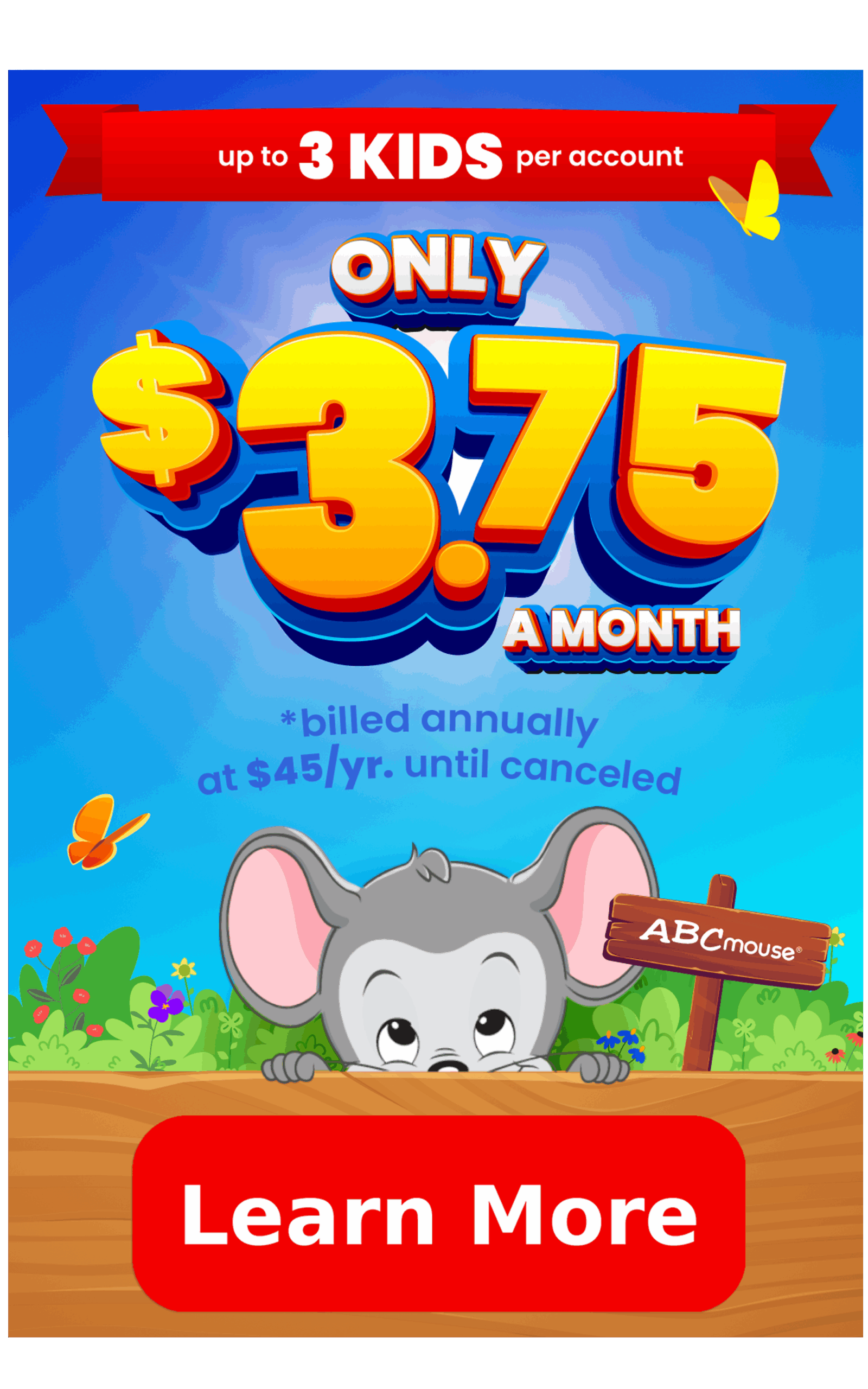
How to Teach Sight Words
Learning these frequently-seen words can help children with their reading skills. Get tips on teaching them to kindergarteners, first graders, and second graders.
What Are Sight Words?
Sight words play a crucial role in a child’s early literacy development and can allow children to read more fluently and confidently. Sight words are words that children often encounter in print and are also known as high-frequency words. Sight words should be taught with a phonetic approach at first, but children eventually learn to recognize them on sight.
As children progress through their educational journey, the importance of sight words continues to grow.
For young learners, mastering these words can mean the difference between stilted, frustrating reading experiences and fluid, enjoyable ones.
But how do educators, parents, and caregivers transform these commonly used words into second nature for kids?
According to literacy expert Timothy Shanahan, “We should provide systematic instruction focused on spelling patterns, relationships between letters and sounds, and spellings and pronunciations and meanings.” He emphasizes that effective reading instruction combines phonics with sight word recognition to build a strong foundation for reading fluency and comprehension.
Let’s dive in even further to explore the best strategies and methods for teaching sight words, to help your child work on building a strong reading foundation.
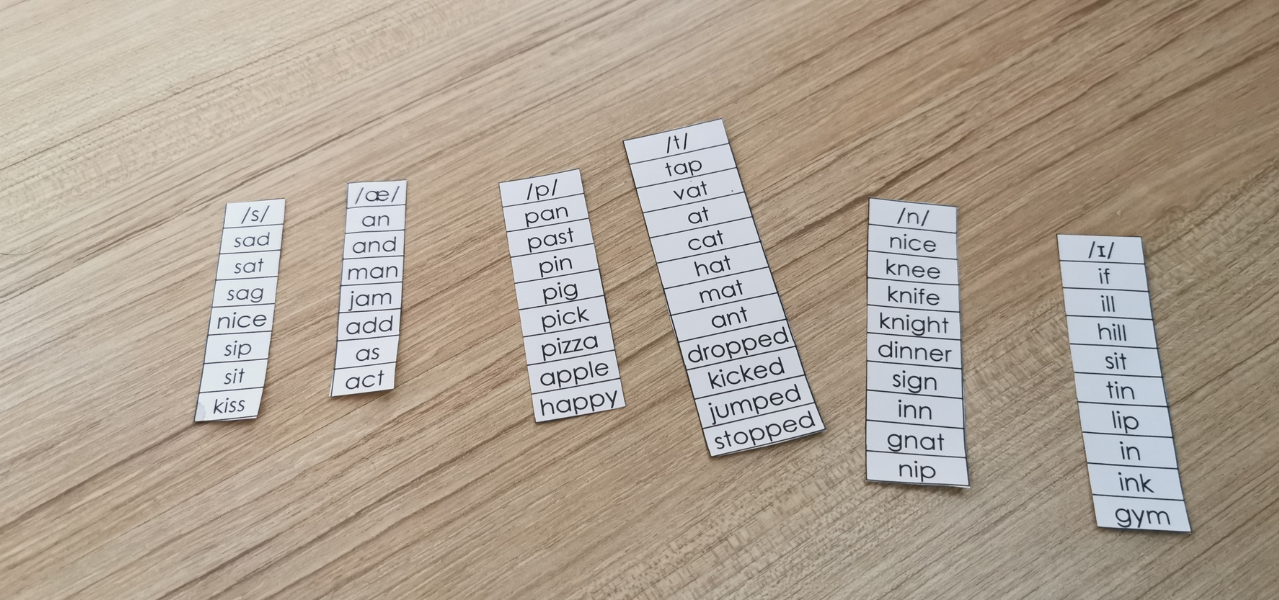
Simple Steps to Begin Teaching Sight Words
- Write several sight words on notecards or scraps of paper. Show your child the word on a card (e.g., “was”). Tell your child they are going to learn to read a tricky word. You can say something like, “There is a part that is not sounded out in the regular way.”
- Point to each letter and pronounce the word with its common spelling. Say, “That’s how we want to say it, but this word is tricky.”
- Then say the word with the actual pronunciation. “We actually say it like this, (wuz).” Point to each letter and say their actual sounds in the word (/w/-/ǝ/-/z/). Then have your child join you in underlining and saying the word aloud.
Learn Phonics with ABCmouse’s Reading Program
ABCmouse’s reading program is packed with hundreds of activities designed to help young children build foundational phonics skills. Through a personalized learning path, kids can progress at their own pace, making learning fun and engaging. Dive into the ABCmouse Reading Program and start your phonics journey sign up today!

Then just $14.99 a month until canceled
Teaching Sight Words in Kindergarten
Your child should learn sight words by following a two-step process; Teach, then practice.
Teach your child new sight words as you would any other word. With your child, sound out the word by looking at the letters and saying the sounds they stand for. Try using this list of kindergarten sight words to help you get started.
After learning a new word, practice by engaging in different activities that provide multiple opportunities to spell, sound out, and identify the word. Below, you will find strategies for teaching and practicing new sight words.
The Importance of Teaching Sight Words in Kindergarten
Kindergarten is a critical stage in a child’s educational journey as they transition from learning letters and sounds to reading whole words and sentences.
Sight words are essential for building reading fluency and comprehension.
By mastering sight words, kindergarteners can focus on understanding the meaning of the text rather than getting stuck on individual words.

Kindergarteners learn sight words by decoding or reading the individual sounds in a word and blending them together. We recommend waiting to teach sight words until a child is able to read CVC words in 3 seconds or less.
A CVC word is a short word made up of a consonant, vowel, and consonant sound, like “cat” or “dog.” This skill will support your child in successfully using letter-sound correspondences to learn new sight words.
3 Tips for Teaching Sight Words in Kindergarten
Introduce New Sight Words Gradually
One effective way to support your child’s learning is gradually introducing new sight words. By focusing on a small set of words at a time, your child can build confidence and master each one before moving on to the next. This approach can lead to great success in expanding their vocabulary over time.
Incorporate Sight Words Into Daily Routines
Help your child improve their literacy skills by making sight words a part of their everyday routine. You can easily do this by pointing out these words in books, signs, and packaging. Over time, your child will become familiar with these words and be able to recognize them easily.
Use Multisensory Approaches
Children learn best when they can engage with material in various ways. Incorporate visual, auditory, and kinesthetic methods to help your child learn sight words more effectively. For example, your child can play a game of Sight Word Hopscotch where the squares are filled with sight words your child has learned.
Educational Learning Apps
Another great method that helps children learn sight words is using educational apps like ABCmouse. Our app delivers interactive and visually appealing games tailored to first graders, focusing specifically on reinforcing sight word recognition and reading skills.
Teaching Sight Words in First Grade
As children enter first grade, the list of sight words they’re expected to know expands.
First graders learn these sight words by learning the letter-sound patterns for each word. For example, the word “her” contains the sounds /h/ and /er/. After learning new sight words, they should have multiple opportunities to practice the words they have learned.
You will want them to be able to recognize both decodable and irregular words. First, introduce your child to these sight words using the strategies described in the next section.

Tips for Teaching Decodable Sight Words in First Grade
A decodable word is a word that you can read easily by sounding out its common letter sounds. In 1st grade, your child will learn different spelling patterns such as “th,” “wh,” “er,” “ir.”
As they develop familiarity with these patterns and their sounds, use the following strategy to read decodable words.
- Display a word with spelling patterns your child knows such as “th.” (e.g., them)
- Use two fingers to point to the letters “th” and say /th/.
- Use one finger to point to the letter “e” and say /e/.
- Use one finger point to the letter “m” and say /m/.
- Sweep your finger from left to right underneath and say “them.”
Tips for Teaching Irregular Sight Words in First Grade
An irregular word is a word that contains one or more letters or letter combinations that are not pronounced in a typical way (such as “would” or “two”). Similar to decodable words, teach your child to use the letter sound to sound out the word.
- Display the word on a card (e.g., “what”).
- Tell your child they are going to learn how to read a tricky word (a word with a part that is not sounded out the regular way).
- Point to each letter and pronounce the word with its common spelling. Say, “That’s how we want to say it, but this word is tricky.”
- Then, give your child the actual pronunciation. “We actually say it like this, (wut).” Tip: Use two fingers to point to “wh” for /w/, point to “a” for /u/, and point to “t” for /t/).
Overcoming Challenges in First-Grade Sight Word Learning
While learning sight words can present challenges for first graders, they can overcome them with your support and encouragement. It’s important to celebrate every small victory and remain patient as they progress at their own pace.
By providing engaging sight word activities and employing various approaches, you can help your child master these essential skills, fostering their confidence and enthusiasm for reading. With your guidance and continuous encouragement, they will conquer the world of sight words, one word at a time, opening up a lifetime of possibilities through the joy of reading.
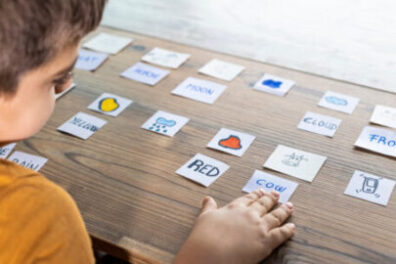
Teaching Sight Words in Second Grade
During the second grade, young students experience a significant advancement in their reading skills. They are exposed to longer and more intricate texts, which makes it essential for them to have a wide range of sight words at their disposal.
Having a strong foundation of sight words enables these students to read fluently and concentrate on comprehending the context of the text, which is a crucial factor in determining their overall academic success. Therefore, it is highly recommended to prioritize the development of sight word recognition skills for second-grade students.
Tips for Teaching Sight Words in Second Grade
Second graders are continuing to first learn new sight words by sounding them out. The complexity of the words is higher in second grade, and your child will start to be exposed to words with multiple syllables.
Strategy for Teaching Multisyllabic Words
1. Display the word and read it aloud (e.g., “even”).
2. Draw a forward slash between the 2 syllables (e / ven)
3. Invite your child to sound out the word with you one syllable at a time as you slide your finger underneath the letters.
Remember that every new sight word should be introduced to your child by reading them as you would any other word.
If there are some complex or irregular spelling pattern such as in the word “both”, point out these irregular sounds with your child.

Try This Example with Your Child :
1. Choose a sight word to work on with your child and write the word on a card (e.g., “both”).
2. Tell your child they are going to learn how to read a tricky word (a word with a part that’s not sounded out the regular way).
3. Point to each letter and pronounce the word with its common spelling (e.g., /b/-/ŏ/-/th/).
4. Say “That’s how we want to sound the word out but it’s actually like this.” Point to “b” for /b/, point to “o” for /oe/, and use two fingers to point to “th” for /thh/.
5. Read the word together with your child.

4 Strategies for Teaching Sight Words in Second Grade
- Repeated Exposure: Repetition to sight words is crucial for mastery. Ensure sight words are incorporated into daily reading and writing activities.
- Use of Phrases and Sentences: Children should practice sight words in phrases and sentences at this stage. This helps them understand the word’s usage and context, enhancing their reading comprehension.

- Learning Sequence: Teach sight words with similar sound-spelling patterns together. (Be sure to separate sight words with similar spelling patterns but different sound-correspondences. E.g., were-where, of-off)
- Personalized Learning: Tailor the learning process to your child’s interests. If they love animals, use animal stories to introduce sight words. Personalizing learning can boost engagement and retention. Here is a list of some fun activities you can try.
Addressing Challenges in Second-Grade Sight Word Learning
It’s not uncommon for second graders to encounter challenges when learning sight words. Patience, encouragement, and adaptability are key during these times. Celebrate every success; if a particular word proves challenging, try presenting it through different activities or contexts.
Teaching sight words to second graders is important in enhancing their reading skills. An expanded sight word vocabulary allows them to read more fluently and comprehend more complex texts. Above all, the strategies and activities outlined aim to make this learning journey enjoyable and effective.
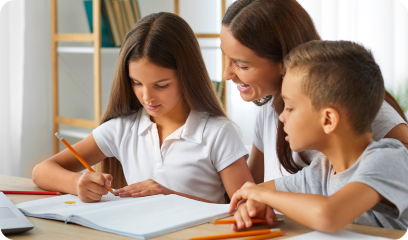
Concluding Thoughts
Keep in mind that every child’s learning journey is unique. They each progress at their own pace, and that’s perfectly okay.
What’s most important is fostering a love for reading and creating a supportive learning environment where they feel confident to tackle new challenges.
With your guidance and encouragement, they can master sight words and become more proficient readers, opening doors to a world of knowledge and discovery.
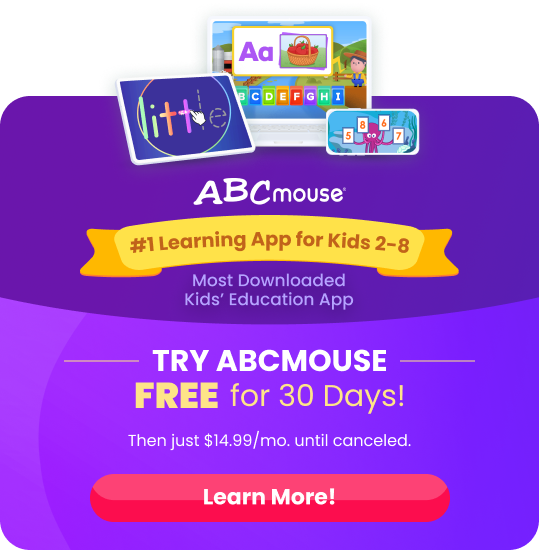
Additional Resources
ABCmouse has sight word activities and games designed by early education experts to help your child grow their reading skills:
Reading Activities for Preschool Through 2nd Grade
Learn more about essential reading skills and find fun ideas to help get your child reading.
Browse →
Educational Sight Word Games by ABCmouse
Engage your child with interactive sight word games to encourage learning through play.
Browse →
Educational Worksheets and Printables by ABCmouse
Our collection of printable worksheets offers a range of language arts practice, including sight words and so much more.
Browse →
These resources offer a blend of interactive games and educational content that can make learning addition a fun and rewarding experience.
ABCmouse’s expert advice review process:
Our team of ABCmouse Curriculum Experts, made up of talented professionals in early childhood education and development, take a close look at educational content and learning claims. They put in the effort to make sure our information is accurate and current. We have a certified educator or another respected authority review the content, matching their expertise with the topic at hand. They’ll make sure the content is thorough and follows the latest research and educational guidelines. If they think we can make things even better, they’ll chat with our editorial team, and we’ll make those improvements right away. Only after a reviewer gives their thumbs-up does a piece of content get the official stamp of approval in the byline.


